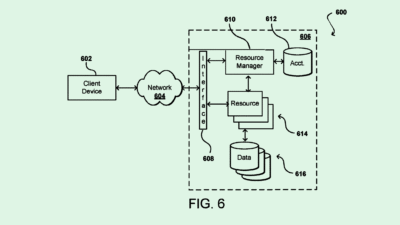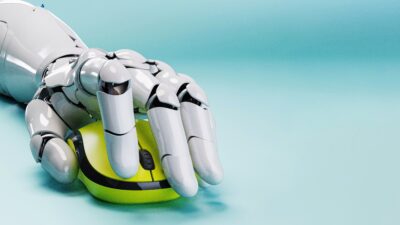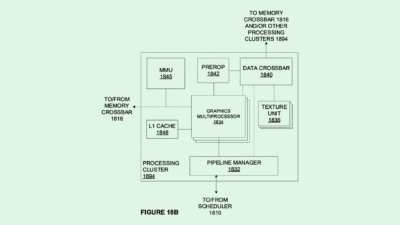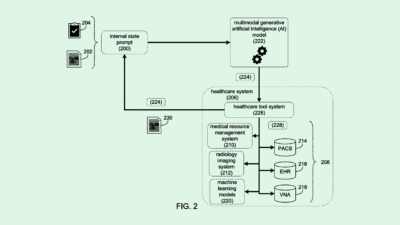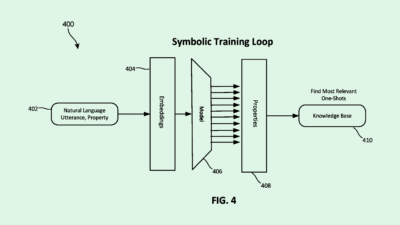The Risky Business of Replacing Human Workers With AI
‘What is our obligation to our people?’

Sign up to get cutting-edge insights and deep dives into innovation and technology trends impacting CIOs and IT leaders.
AI-powered automation is coming for enterprises. What does that mean for entry-level workers?
A recent report from SHRM found that 19.2 million U.S. jobs, or 12.6% of current employees, face a high or very high risk of displacement due to automation. The occupations most likely to be affected are blue collar, service and white collar administrative jobs.
Some of the occupational groups facing displacement by automation include business and financial operations roles at 19.9%, office administration roles at 15.8%, sales roles at 13.1% and computer science and mathematical roles at 9.7%.
AI automation has the power to save enterprises a ton of money, time and resources by more efficiently replacing manual, tedious and repetitive processes that would otherwise be handled by humans, said Mark Runyon, IT consultant and fractional CTO at Honest Jobs. However, it also forces organizations to ask themselves a tricky question: What happens to the workers they’re replacing?
“It is amazing what we can do through those manual tasks that can be automated,” said Runyon. “So the next question is, ‘Are you letting these people go? Or are you elevating them to higher level positions?’”
Managing the transition properly doesn’t necessarily mean slashing workforces. Offering upskilling or reskilling in areas where it’s appropriate is probably the first step, said Runyon:
- The transition could be smooth in some cases, said Runyon, such as when an organization has open roles that affected employees might want to explore. But for others, “especially people that are later in their careers” and resistant to change, “that can be a bigger struggle.”
- And even for those that are willing to learn, upskilling isn’t always easy, said Runyon. Just dropping workers into an online course isn’t enough. “It takes a very carefully executed plan to make upskilling work.”
Ultimately, there’s only a certain amount of work available within enterprises once automation takes hold, said Runyon. “Companies are getting leaner through leaning on these technologies. And it’s only going to accelerate,” said Runyon. “It’s only getting more rapid. So what is our obligation to our people?”
Still, AI automation is far from infallible. There are a number of ethical considerations and risks to be considered before replacing human workers with the technology, Runyon said. The first consideration in managing the change is identifying where automation would be most effective, whom it would most affect and whether the transition might create new opportunities for current employees. There are also the risks inherent in AI, such as data security, hallucination and bias.
But at the speed with which automation is gripping enterprises, those questions often go unanswered and unconsidered, Runyon said.
“Everything is moving so fast that these steps can get skipped,” Runyon said. “There is a lot of inherent risk that, if we aren’t slowing down, it’s going to bite us.”

